Soccer training is a crucial element in the development of players skills and abilities. To maximize the effectiveness of training sessions, proper equipment setup is of utmost importance.
This comprehensive guide will walk you through the step by step process of setting up equipment for soccer training, ensuring that you create an environment conducive to growth, and improvement and success on the field.
Section 1: The field set up
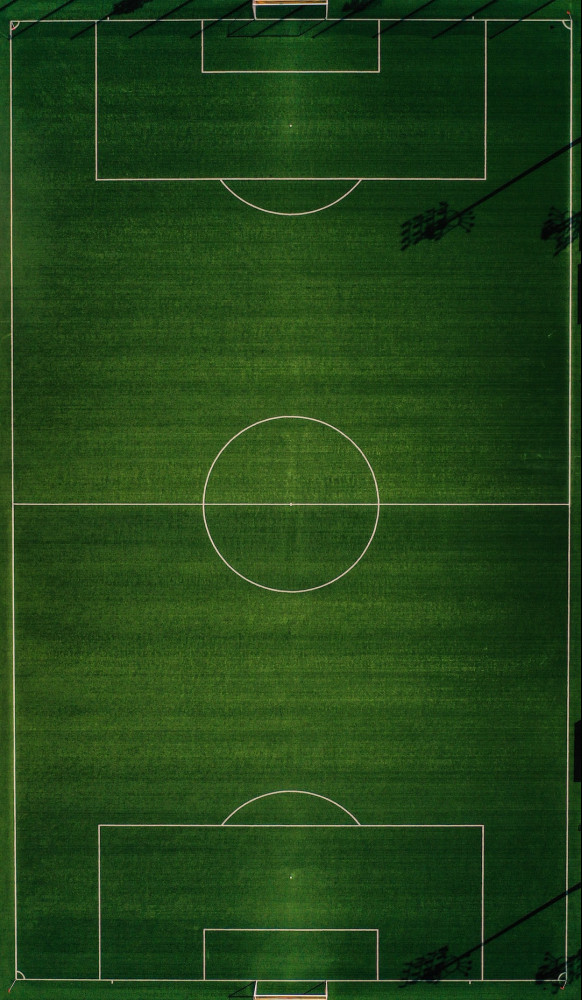
1.1 Determine the field size
Before setting up any field equipment, it is essential to establish the appropriate field size for your training session. Consider the age group, skills level and number of participants to decide on the field dimensions. Most commonly, soccer fields are 100-130 yards long and 50-100 yards wide ( 91,44-118,8m long and 45,72-91,44 m wide).
1.2 Mark the boundaries
Use field line spray, cones, or rope to mark the boundaries of the field. Clearly defining the playing area will help players understand their positional responsibilities and prevent unnecessary overlaps.
Section 2: Essential equipment
2.1 Cones and markers
Cones are versatile training tools that can be used for numerous activities such as dribbling, agility drills and creating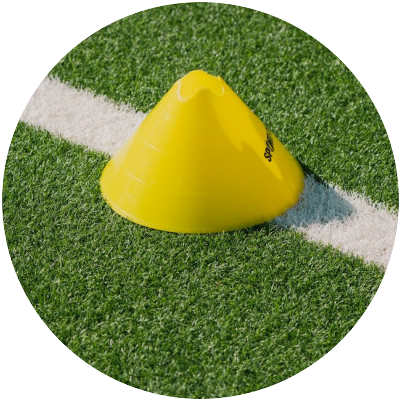 boundaries. Place cones strategically to set up drills, mark passing lanes or create obstacles that players must manoeuvre around.
boundaries. Place cones strategically to set up drills, mark passing lanes or create obstacles that players must manoeuvre around.
2.2 Agility ladders
Agility ladders are excellent for improving speed, foot work and coordination. Set up the ladder by laying it flats on the ground parallel to the sidelines. Ensure there is enough space for players to move between the ladder rungs.
2.3 Hurdles
Hurdles are invaluable tools for enhancing players leaping ability and coordination. Place the hurdles at different intervals across the field, providing players with the opportunity to work on their jumping technique and quick feet.
2.4 Goals and Goal Nets
Setting up goals is crucial for practicing shooting, goalkeeping and overall game scenarios. Make sure the goals are securely anchored and properly aligned. Attach high-quality nets to the goals ensuring they are fitted correctly to withstand the shots.
2.5 Soccer balls and high speed inflation pump
It is imperative to have enough soccer ball to use during training. Numerous balls can help trainers to divide players into smaller groups. Goal keepers can train catching shots and other players can use balls in cones and bars. A high inflation pump must be available so that all balls are inflated to the right pressure all the time.
2.6 Stop watch or Timer
Most training sessions are timed hence there is need to make sure that a timer or stop watch is available. Even when, the team is playing 5 aside in training the two halves of training matches need to be timed.
2.7 Recording Video Footage for Analysis
To take your training to the next level, consider incorporating video analysis into your regimen. Recording video footage of your training sessions and games allows you to review and refine your technique, identify areas for improvement, and track progress over time. When setting up your recording equipment, consider the following:
– Position cameras to capture clear views of your movements, ideally from multiple angles (e.g., side, front, and rear).
– Use high-definition cameras or smartphones with good video quality.
– Invest in a tripod or stabilizer to minimize camera shake.
– Record at a frame rate of at least 60fps for smooth playback.
– Consider using software or apps specifically designed for sports video analysis, such as Hudl, Video Analysis Software, or Coach’s Eye.
Section 3 Training stations
3.1 Passing and Receiving drills
Set up grids or separate sections for passing and receiving exercises. Create various passing distances and angles to simulate different game situations. Use cones or poles to mark the target points to aim at during passing drills.
3.2 Shooting stations
Designate specific areas for shooting practice. Utilize cones or markers to create shooting zones or small goals. These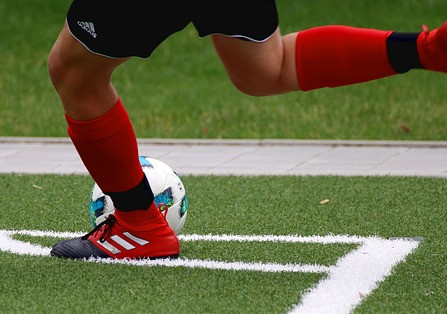 stations should provide players with repetition, accuracy, and the opportunity to work on their finishing skills.
stations should provide players with repetition, accuracy, and the opportunity to work on their finishing skills.
3.3 Dribbling zones
Delineate zones for dribbling activities where players can work on close ball control, change of direction and speed. Place cones to create creative paths and courses for players to navigate while maintaining possession.
3.4 Conditioning and fitness Area
Allocate space for conditioning and fitness exercises such as sprints, endurance runs, or circuit training. The area should be separate from the main training field to avoid congestion and ensure safety.
Section 4: Other important Factors to consider
4.1 Flood lights
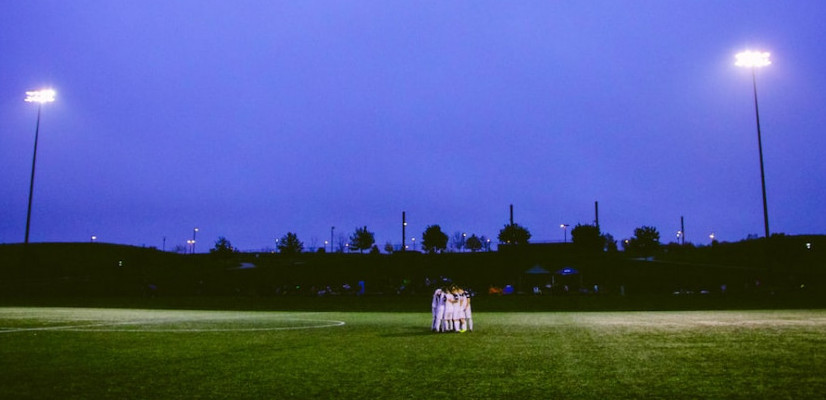
Depending on the resources the team has, it is imperative that the grounds are equipped with flood light for night training. In some countries, the midday temperatures can be so hot in the afternoon such that training is unbearable and has to be done at night. It is therefore lighting becomes essential.
4.2. Safety equipment
Just like a soccer match, training is also very rigorous and players are prone to injuries. The medical team must also be available with their equipment ready for any casualties that can come up during training. They must have the following equipment:-
4.2.1 Stretcher beds – this is an aluminium and plastic or canvas portable bed that is used to transport injured players from the field of play. This bed must have anti bacterial design, chemical and stain resistant to maximum hygiene. Its should be light so that medics can run with it on and off the field. Many companies supplying these beds make them to easy to fold and can be placed in small bags.
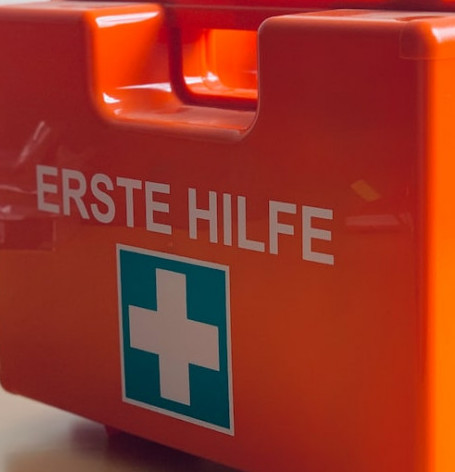
4.2.2 Sterile gloves- these gloves are made from latex and are treated with gamma radiation or ethylene oxide to eliminate all microbes. These are worn by medics as they attend to injured players.
4.2.3 Bandages- sterile small pieces of cloths or plastic design that features a gentle adhesive and highly absorbent, non-adherent wound pad.
4.2.4 Sterile wipes- these are sterile alcohol free cleaning cloths that are used to clean health skin around the wound so that plasters can stick down firmly.
4.2.5 Cold packs-This is packed ice that is used to stop bleeding, decreasing swelling and inflammation.
4.2.6 Aluminum blankets– These are protective blankets that are airtight, metalised on silver colored aluminum side. They are used to retaining the athlete`s body heat in during an emergency.
If necessary an ambulance must be ready to take players to the hospital when there is a fatality during that training session.
Conclusion
Efficient and effective soccer training relies on proper equipment set up. By following the guidelines outlined in this article, you can create a well-organised training environment that maximizes player development. Remember, a well set training session sets the stage for success on the field.
With the right equipment set up, players can hone their skills, improve their performance, and achieve their soccer goals.
If you have any questions please leave them in the box below and I can help you all the way.
Happy training.
Here’s a little transparency: Our website contains affiliate links. This means if you click and make a purchase, we may receive a small commission. Don’t worry, there’s no extra cost to you. It’s a simple way you can support our mission to bring you quality content.
No Responses